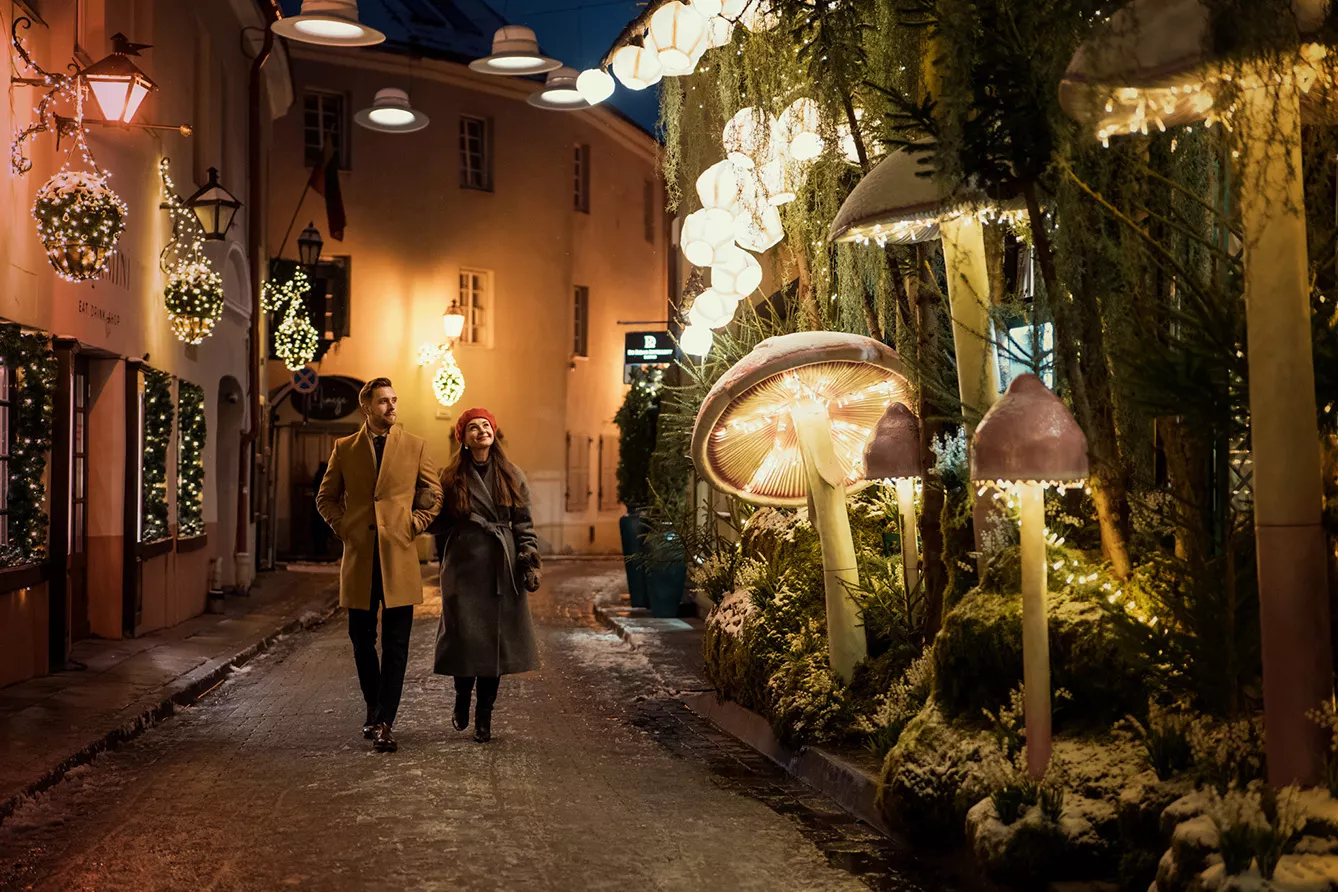The story of Vilnius is a remarkable one. The settlement was granted Magdeburg rights by Polish King and Lithuanian Grand Duke Wladyslaw Jogaila in 1387. Interestingly, the first mention of Vilnius can be found in letters written by earlier Grand Duke Gediminas to the Germans in 1323, inviting them to settle in his country’s capital. It is also Gediminas who is mentioned in the legend telling about the origins of Vilnius.
Do dukes dream of iron wolves?
One day, Grand Duke Gediminas left his castle in Trakai and went hunting. He climbed a hill near the Vilnia River, where he killed a large wild ox. As the sun was low, the Grand Duke set camp by the river. That night he had a peculiar dream. In his dream, Gediminas saw an iron wolf howling at the moon with the strength of a hundred wolves.
He woke up troubled and called for his royal pagan priest to explain the meaning of the dream. Lizdeika, the priest, said: “My Lord, an iron wolf means that in these fields and on this hill, you will build a city. It will become your royal city. It will be a city of great fame and significance, like great was the howling of the wolf.” At dawn, before returning to Trakai, Gediminas ordered two settlements to be built, one of which was to be located on the hill and the other in the Valley of Šventaragis. Such was the beginning of Vilnius.
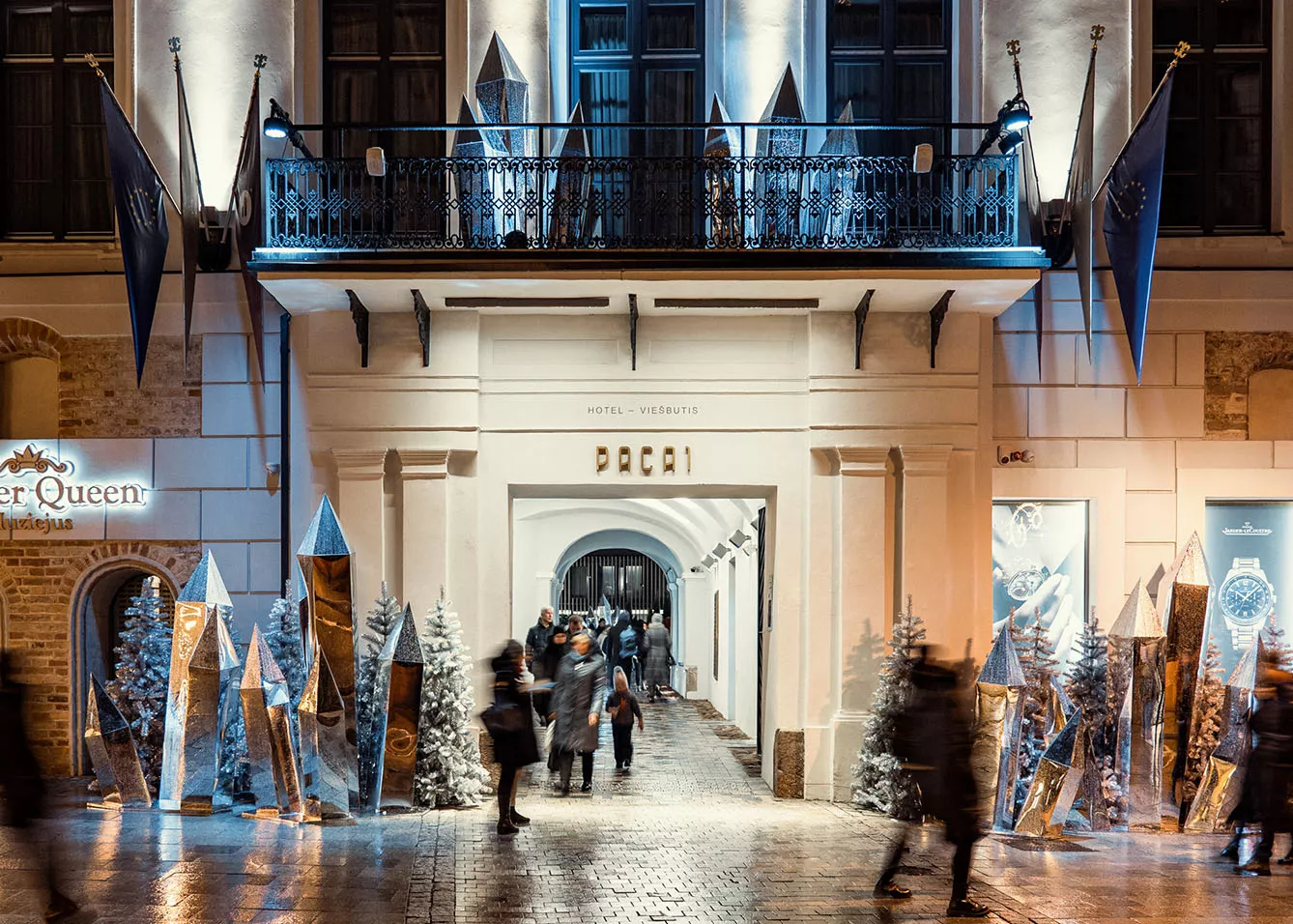
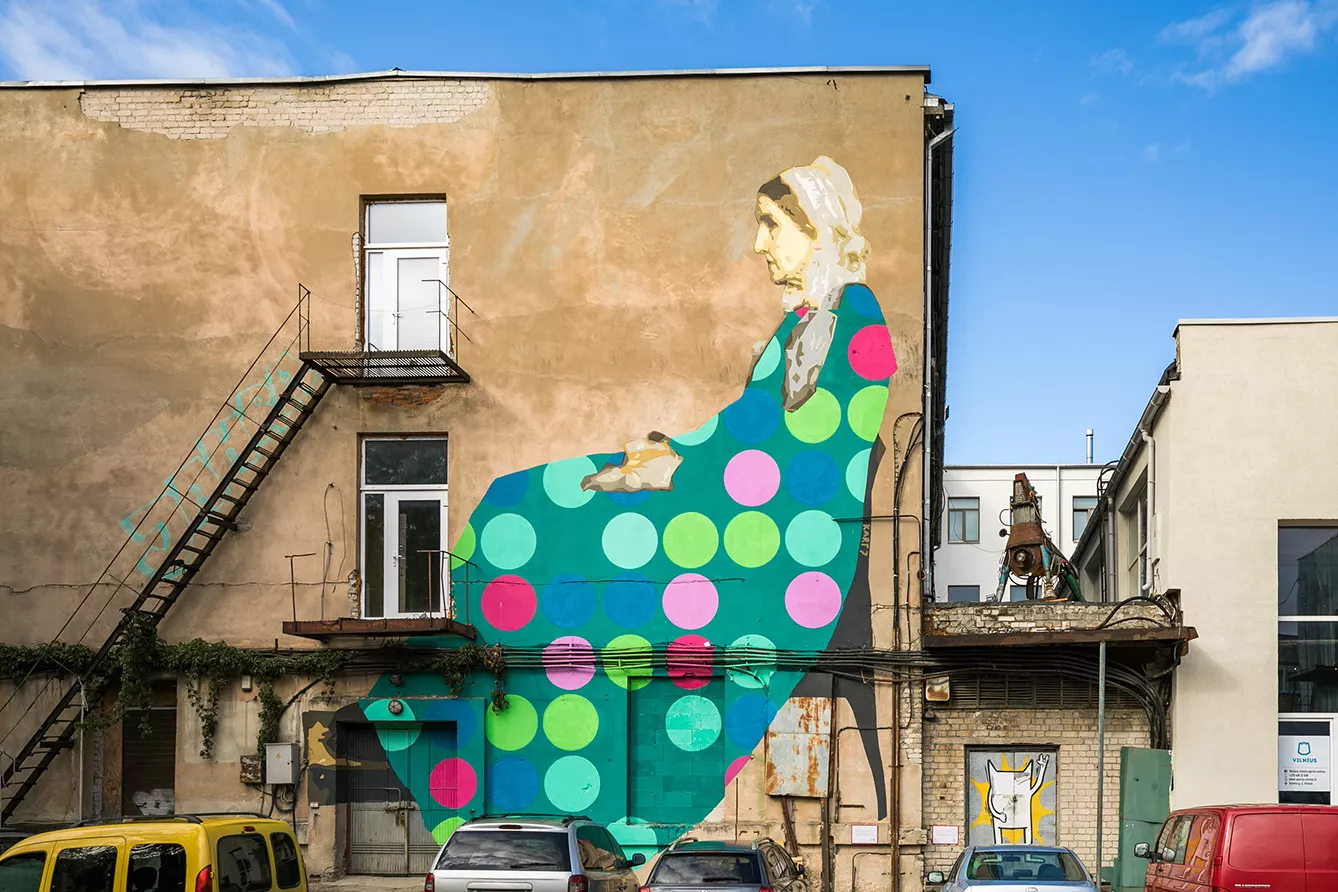
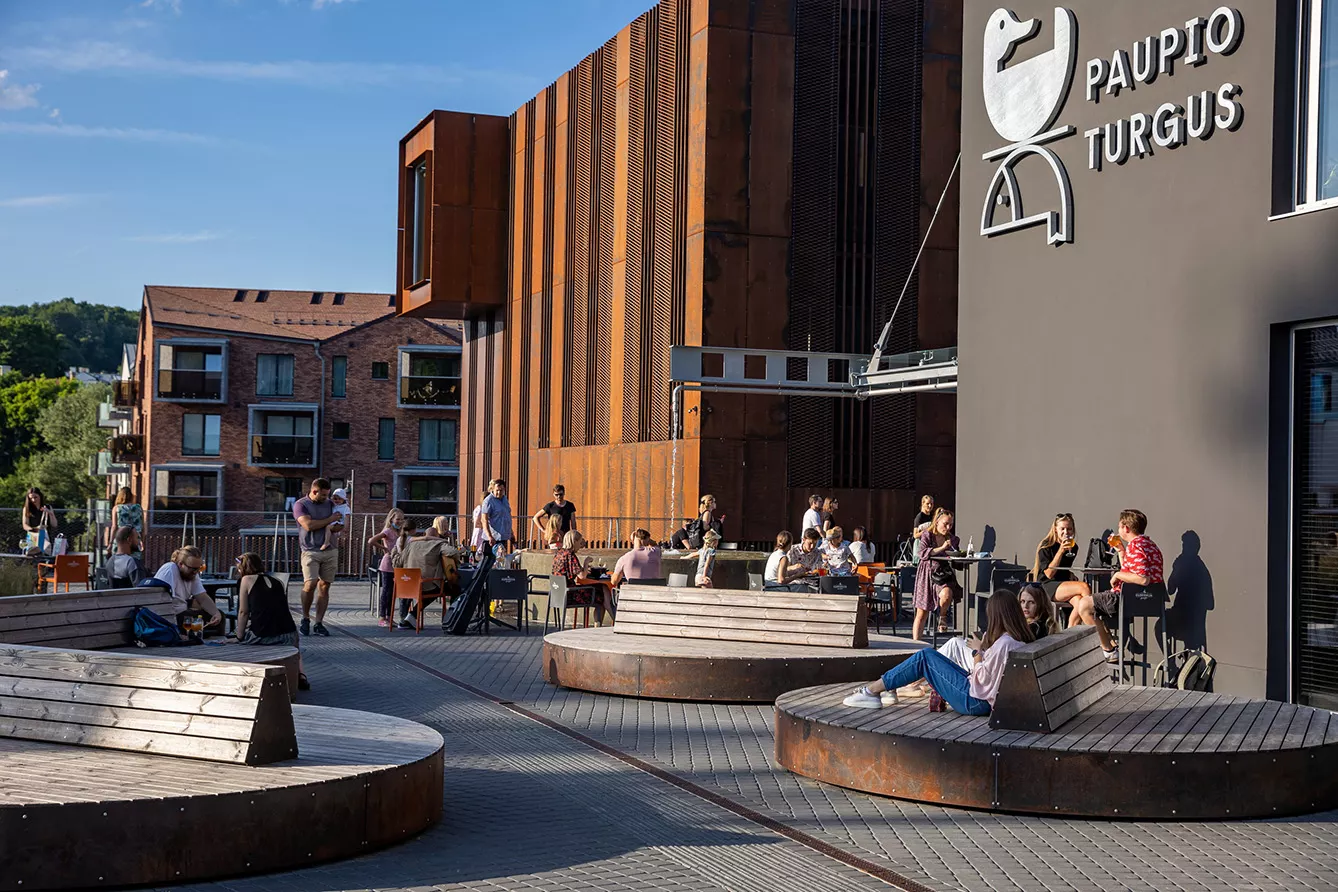
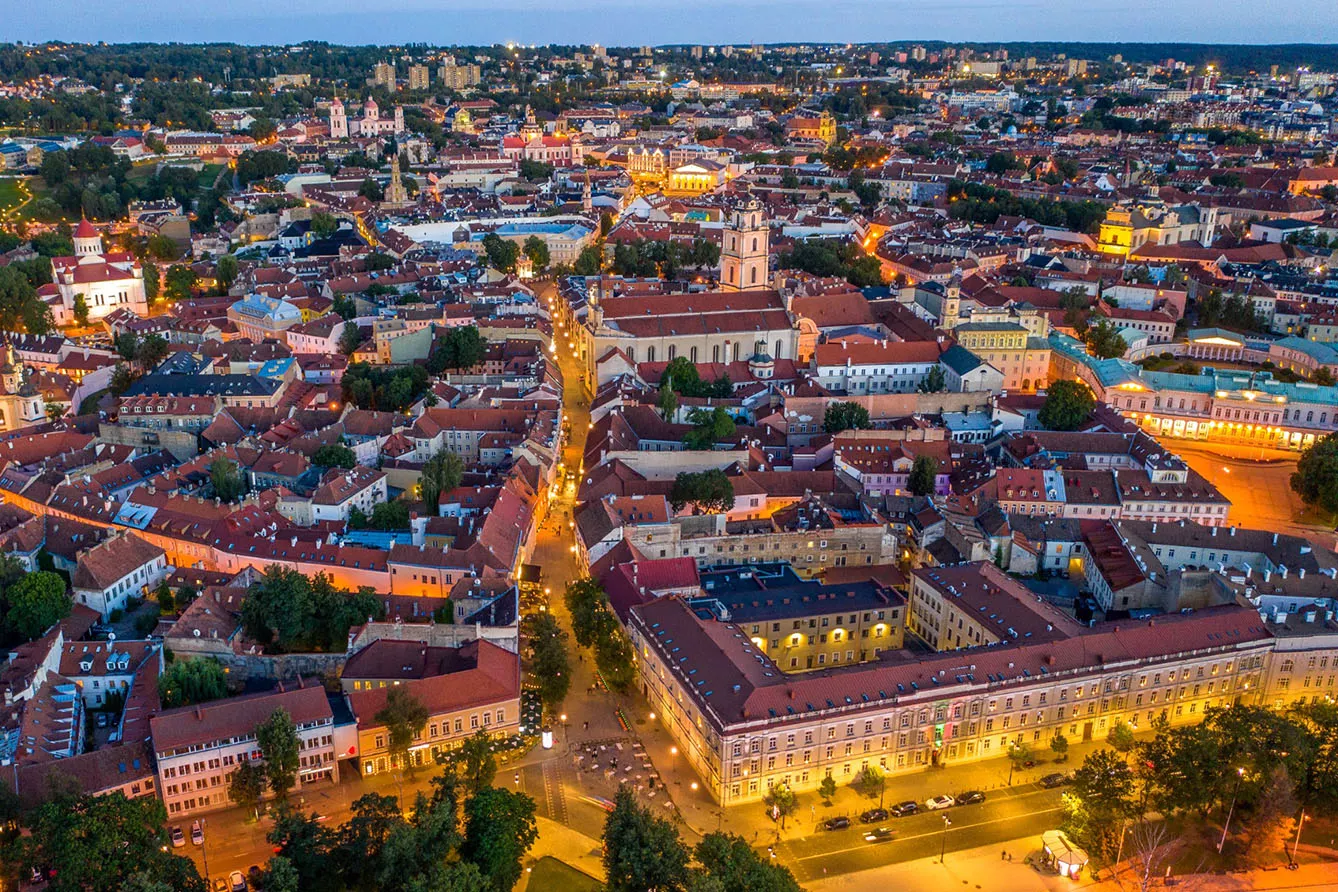

Vilnius: growing in glory
The 16th century is considered to be the golden age for Vilnius. That’s when the city was surrounded by the city walls and its nine gates. Today, only one of them remains – the famous Gate of Dawn (also known as the Sharp Gate). A destination for Catholic pilgrims, inside it, it holds an image of Our Lady of The Gate of Dawn – the Mother of Mercy.
It is this place that Adam Mickiewicz famously mentioned in his prologue to the Polish epos – Pan Tadeusz. It is also home to the first university in today’s Baltic States, which was founded by Polish King Stephen Báthory in 1579. Despite being the stage of numerous conflicts in the following centuries, Vilnius Old Town is one of Europe’s best-preserved medieval towns. Its significance was recognized in 1994 by UNESCO and listed as a World Heritage Site.
Green inside out
In more contemporary terms, Vilnius is considered to possess one of the best results for air quality among all European capitals. Indeed, its spacious streets and abundance of green vegetation make you want to take deep breaths even in the middle of the summer. Green areas make up 46% of the city, making it the greenest European capital. No wonder life quality surveys show Vilnius scoring on average 96% satisfaction with the quality of living among its inhabitants.
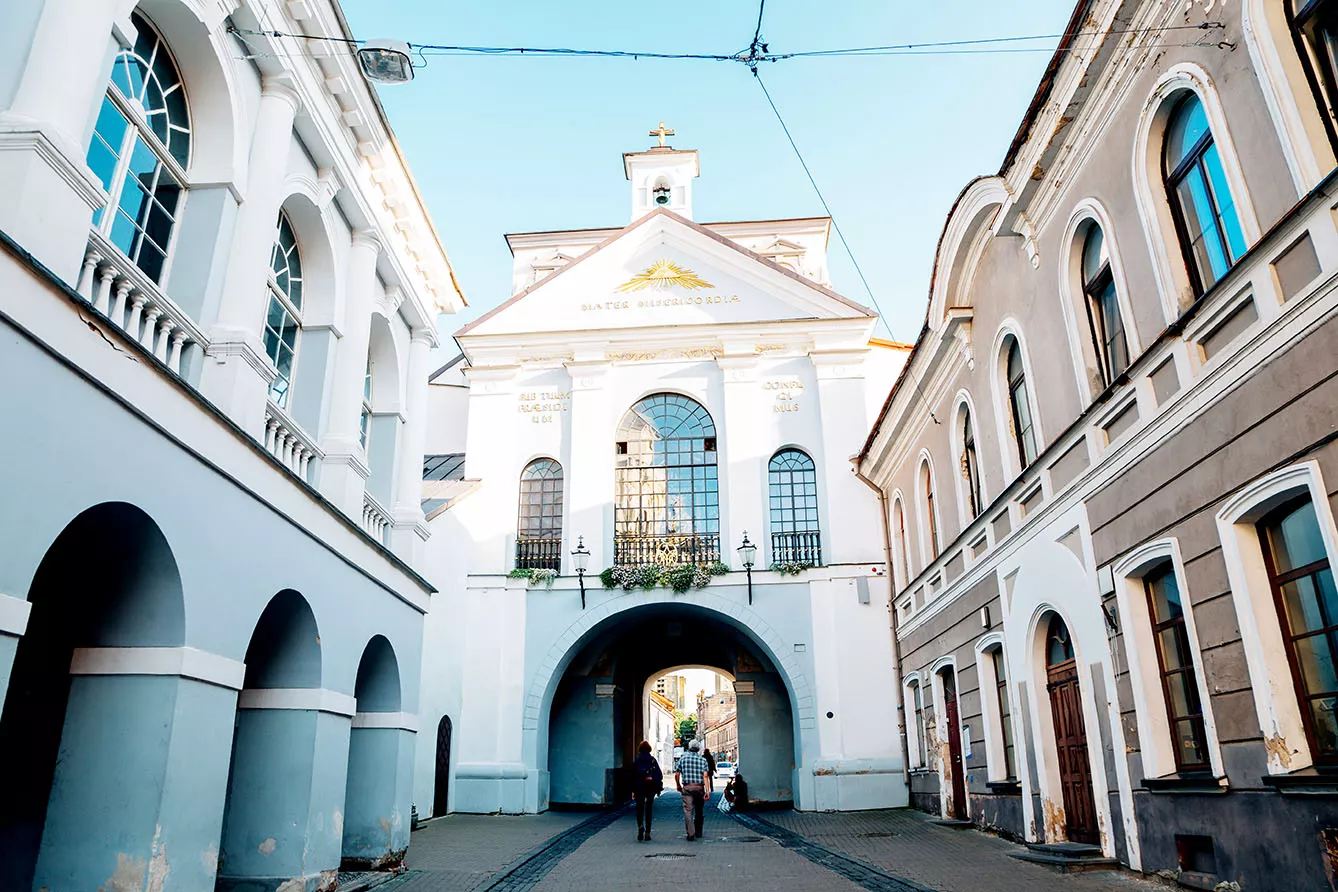



It was also voted as the 9th best city in the world for life-work balance by Business Insider, beating such destinations as Brussels and Munich. Plenty of possibilities for pastime activities testify to Lithuania’s capital effort for greener living – both environmentally and by taking care of its inhabitants’ mental health. And just what can you do there in your spare time?
Among the most popular and relaxing choices are long conversations with friends in one of the city’s arty coffee shops. Unwinding on one of the swings provided by the Swings League (an anonymous society hanging accessible swings around the city and under its bridges. As everyone needs to remember the smile of their inner child.) Or admiring the breathtaking views on the extremely popular hot-air balloon rides.
Vilnius: angel destination
No wonder the city attracts thousands of tourists and…. is home to hundreds of celestial beings. Vilnius is known as the city of angels. You can see them on the statue. You can spot them ornamenting the famous graveyard of Vilnius. But most importantly, you can also find them present all around you. They are sitting or leaning on the tops of the buildings, benches, and walls and standing on the sidewalks. When you find one, you can carry it to a different location for someone else to stumble upon it.
Created by the sculptor Vaidotas Ramoška, they were commissioned by the city’s mayor, Arturas Zuokas, who wanted the city to be recognized by its omnipresent guardian angels. Today, it is said that over 300 of them live in Lithuania’s capital. Once in Vilnius, look around closely – they are believed to fly low, as they love interacting with people they meet on their way.


